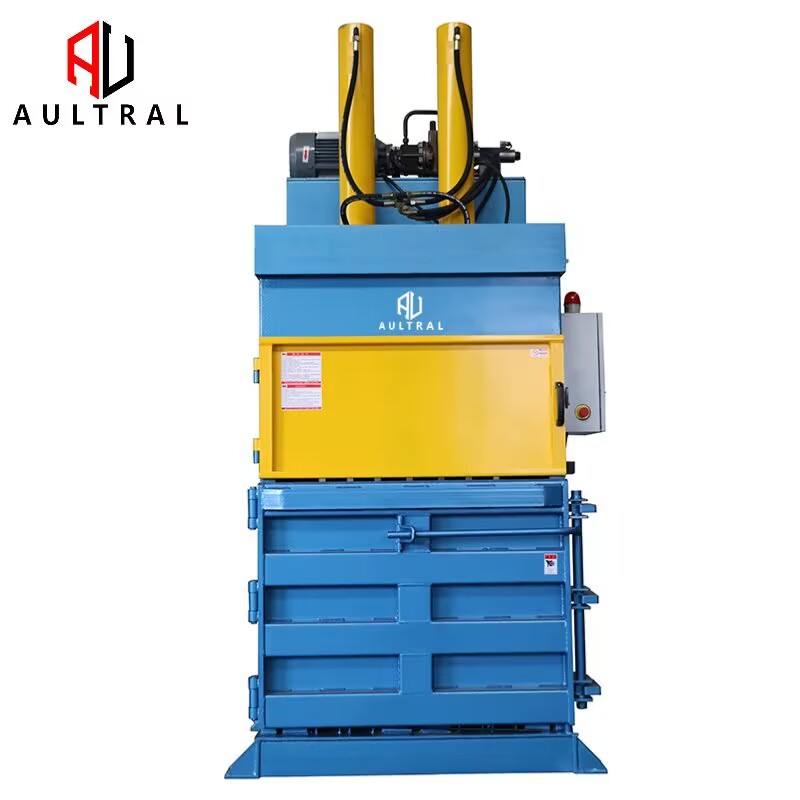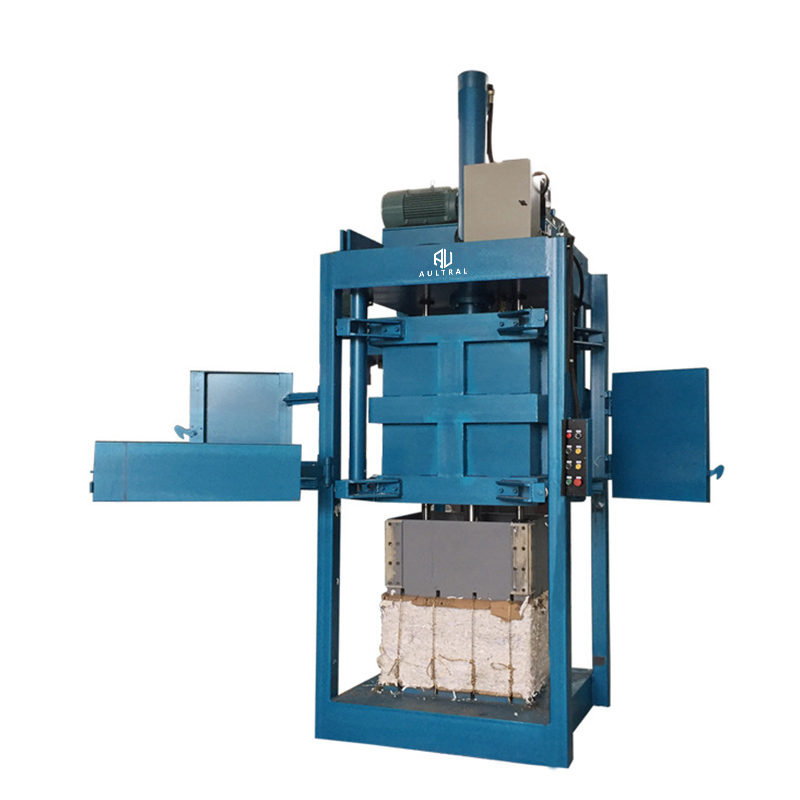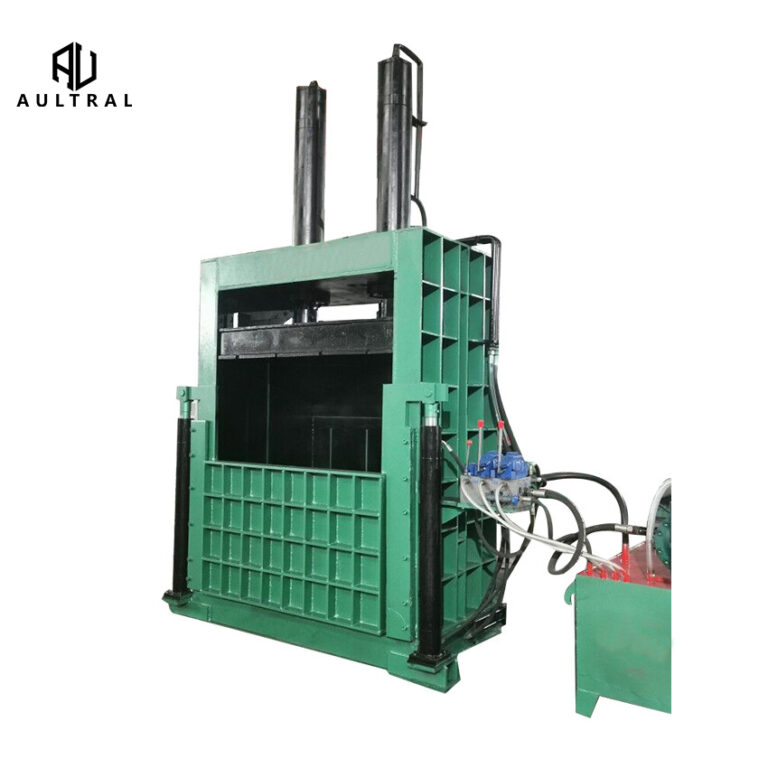In a world where sustainability and waste reduction are no longer just buzzwords, vertical balers have emerged as essential tools in managing recyclable materials. These machines help businesses turn loose waste into compact, easy-to-handle bales—cutting down on storage space, improving transportation efficiency, and ultimately contributing to a greener planet.
But not all vertical balers are created equal. Depending on the material—metal, paper, clothing, or tires—different types of vertical balers are designed with unique features and strengths. In this blog, we’ll break down the main categories of vertical balers, how they work, and where they are most useful.
🌟 What Is a Vertical Baler?
A vertical baler is a compact baling machine that compresses recyclable waste using a powerful hydraulic press from top to bottom. It’s the preferred choice for businesses with limited floor space but high recycling needs. While horizontal balers are more suitable for high-volume operations, vertical balers offer an affordable and space-saving alternative for many industries.
1️⃣ Vertical Metal Balers: Taming the Tough Stuff
What it handles: Aluminum sheets, tin cans, steel scraps, copper wires, and light metals.
Why it’s special:
-
Built with a robust steel frame and high-pressure hydraulic system.
-
Can be equipped with a lifting chamber or side-push design.
-
Perfect for small scrap yards, metal shops, and recycling centers.
Use Case: A car repair workshop regularly compacts aluminum panels and discarded brake rotors into dense metal cubes, reducing haulage costs by over 40%.
2️⃣ Vertical Waste Paper Balers: From Mess to Order
What it handles: Cardboard boxes, books, newspapers, office paper, packaging waste.
Why it’s special:
-
Fast baling cycle for high productivity.
-
Adjustable bale size and binding lines for secure packages.
-
Easy to operate—some models even offer semi-automatic controls.
Use Case: A retail chain uses waste paper balers at each store to manage cardboard packaging, turning waste into profit by selling baled material to recyclers.

3️⃣ Vertical Clothing Balers: Compressing the Unfolded
What it handles: Second-hand clothes, cotton, fiber scraps, old garments.
Why it’s special:
-
Produces neat, dense bales that are easy to wrap and export.
-
Often includes lifting chamber or sliding door for convenient unloading.
-
Bale weight usually ranges from 45–100kg—ideal for international shipment.
Use Case: A clothing donation NGO compacts used clothes for shipment overseas, reducing container usage by up to 60%.

4️⃣ Vertical Tire Balers: Taming the Rubber Giants
What it handles: Used car tires, truck tires, cut or whole.
Why it’s special:
-
Large chamber and extra-tough frame to handle the elasticity of rubber.
-
Heavy-duty hydraulic press for maximum density.
-
Optional safety features like interlocks and control alarms.
Use Case: A tire shop compresses rejected tires into manageable bales for recycling—freeing up warehouse space and simplifying logistics.

✅ Choosing the Right Baler: What to Consider
-
Material type: Not all balers can handle every material. Match your baler to your waste stream.
-
Bale size and weight: Consider how the bales will be transported or stored.
-
Operation type: Manual, semi-auto, or fully automatic options are available.
-
Space availability: Vertical balers are ideal for facilities with limited space.
🌍 Why Vertical Balers Matter
Beyond operational efficiency, vertical balers help businesses meet environmental compliance goals, reduce waste management costs, and even open new revenue streams through recyclable material sales. Whether you’re in retail, manufacturing, recycling, or logistics—there’s a vertical baler that fits your needs.
Ready to upgrade your recycling workflow?
Contact us today for a tailored baling solution and join the growing movement toward smarter, more sustainable waste handling.
